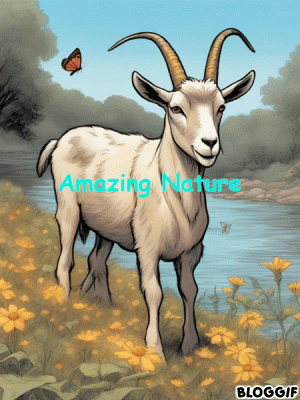Hello friends! After learning about wild orchids, it was time to move up a category. To do this, I established certain parameters that I would evaluate today in the field! I headed to the "Louro" mountain range in the city of Palmela to create a "mapping" or sampling system and thus determine a little about the preferences of Barlia robertiana in the ecosystem. That's why we're going to answer questions with scientific bases, including: (Why does the species prefer to grow near roads and not on the side of the mountain? What impact can wild boars have in the mountain area? Let's see what we find out!⛰️👨🏻🏫
Hola amigos! luego de ir aprendiendo sobre las orquideas salvajes era momento de pasar de categoria, para ello estableci ciertos parametros que iria a evaluar el dia de hoy en el campo! me dirigi hacia la sierra "Louro" en la ciudad de Palmela para poder crear un sistema de "mapeo" o muestreo y asi determinar un poco las preferencias de Barlia robertiana en el ecosistema, por eso vamos a responder preguntas con bases cientificas, entre ellas: (por que la especie prefiere crecer cerca de caminos y no en el lado lateral de la montana?, que impacto pueden tener los jabalis en la zona de la sierra? veamos que descubrimos!🧭🚩
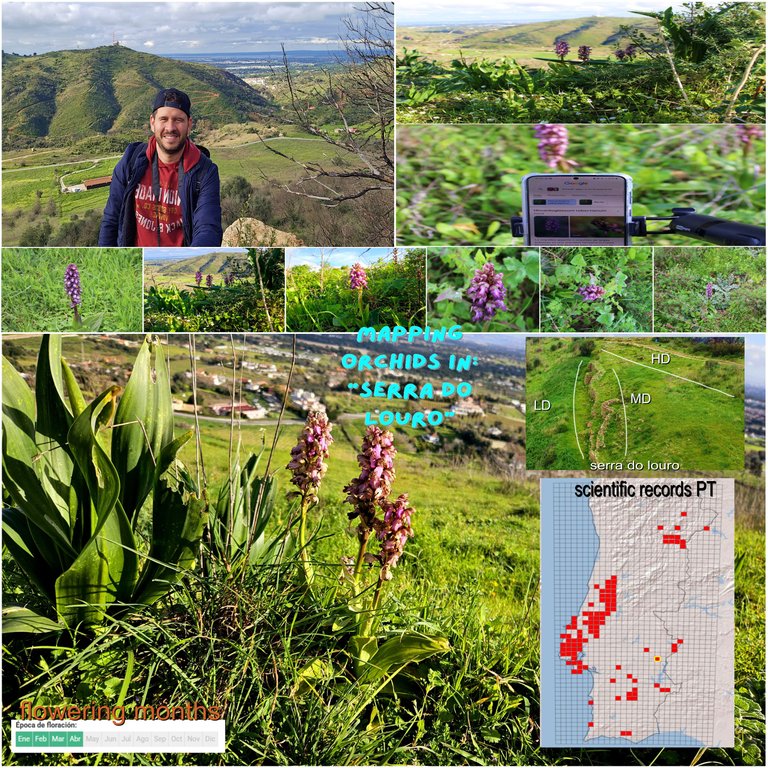
Preference of the terrain👨🏻🏫⛰️??/Preferencia del terreno🌍🧭??
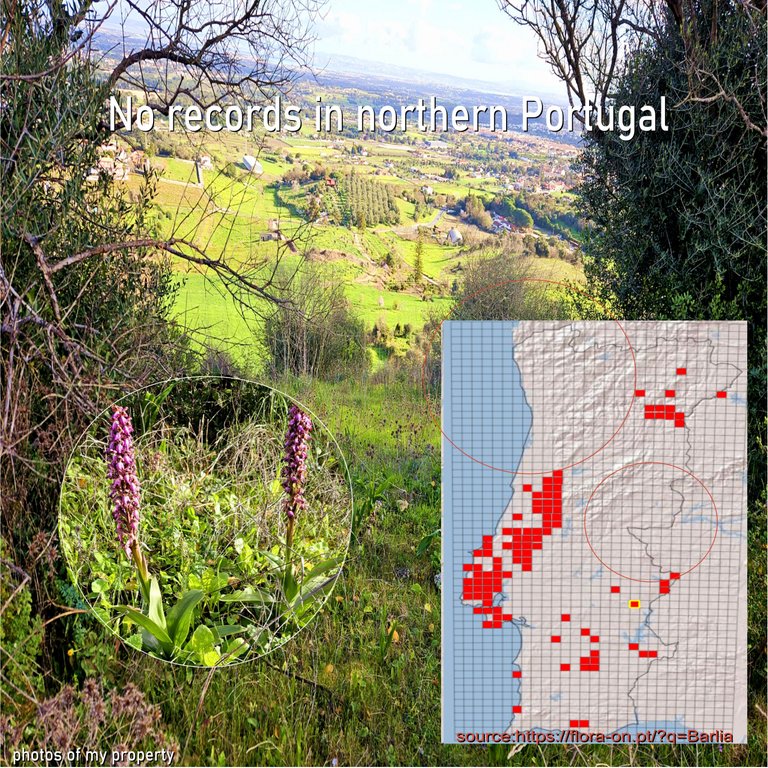
Surprisingly, while I was researching the distribution of the species in Portuguese territory, I discovered that in the northern area there were no sightings, much less records, which led me to review some scientific articles and I came across: (Llorenç Sáez, Josep A. Rosselló & Pere Fraga. 2017) who expressed in their research: "Barlia robertiana is not found in the north of Portugal", which makes sense but I needed to find out why?🚩🧭
Sorpresivamente mientras investigaba la distribución de la especie en el territorio Portugues descubri que en la zona norte no habian avistamiento ni mucho menos registros, lo que me llevo a revisar algunos articulos cientificos y me encontre con: (Llorenç Sáez, Josep A. Rosselló & Pere Fraga. 2017) quienes expresaban en su investigacion: "Barlia robertiana no se encuentra en el norte de Portugal", cosa que tiene sentido pero necesitaba descubrir el por que?🌳🌄
https://www.conservacionvegetal.org/wp-content/uploads/2019/06/Conservaci%C3%B3n_21_alta.pdf

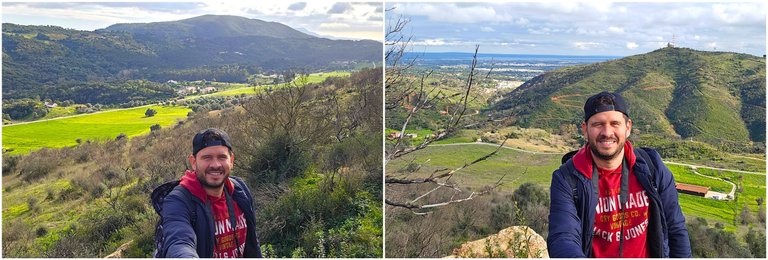
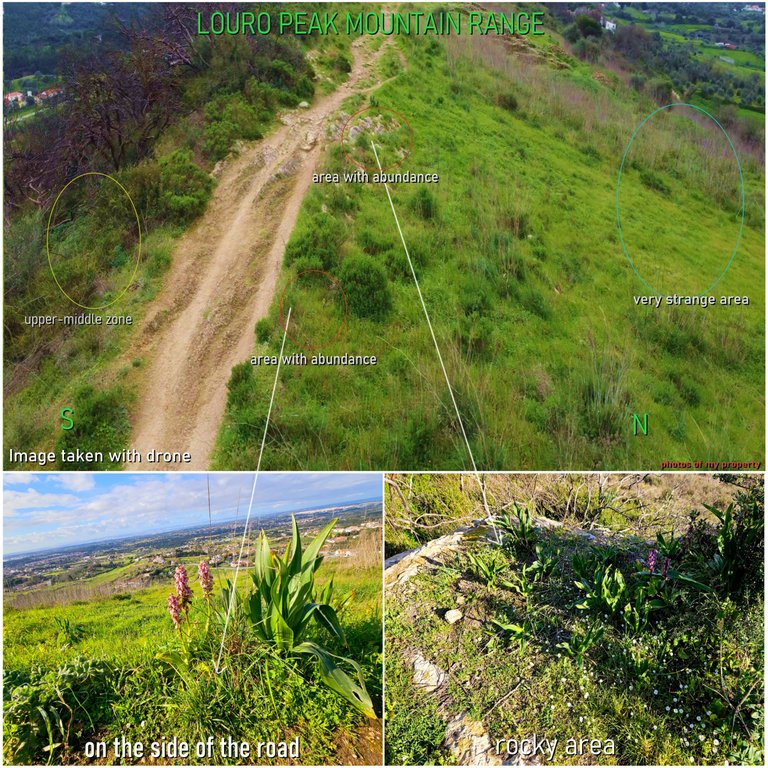
With my sampling and mapping of the area by sections of the mountain we will be able to have a broad view of which part of the land is ideal for the growth of (Barlia robertiana), we begin with this image which represents the North zone which is the exposed side of the mountain towards the wind, then the South zone or front side of the mountain where the wind does not reach directly, we also highlight that there is a very rocky sand path that crosses the mountain from side to side! First, it should be noted that the place where the orchid is most abundant is next to the N-S road, and there we placed it (abundantly), on the North side on the "mountain face" from 15 meters there is no growth of the orchid, possibly, while on the South side it does grow because on this side there are more rocks, we conclude that the plant prefers open and rocky areas, let's see what the bibliographical reference says: " (Aedo, 2005): **"To the west, it is located in Extremadura and in specific areas of Portugal, in places with clays. The species, although indifferent to soil, seems not to adapt to the very humid environments and very acidic lithology of the Atlantic coasts of Galicia and the north of Portugal." DIRECT TEXTURAL QUOTATION
Con mi muestreo y mapeo de la zona por secciones de la montana vamos a poder tener una vista amplia sobre que parte del terreno es la ideal para el crecimiento de (Barlia robertiana), comenzamos con esta imagen la cual representa la zona Norte que es el lado expuesto de la montana hacia el viento, luego la zona Sur o lado anterior de la montana donde el viento no llega de forma directa, tambien resaltamos que hay un camino de arena muy rocoso que atraviesa la montana de lado a lado! primero resaltar que el lugar donde mas abunda la orquidea es al lado del camino N-S, y alli colocamos (abundante), al lado Norte en la "cara de la montana" a partir de 15 metros no hay crescimiento de la orquidea, posiblemente, mientras que el lado Sur si crece porque este lado hay mas rocas, concluimos que la planta prefiere areas abiertas, y rocosas veamos que dice la referencia bibliografica: " (Aedo, 2005): **"Por el oeste, se ubica en Extremadura y en áreas concretas de Portugal, en lugares con arcillas. La especie, aunque indiferente edáfica, parece que no se adapta a los ambientes muy húmedos y de litología muy ácida de las costas atlánticas gallegas y del norte de Portugal." CITA DIRECTA TEXTURAL.
CONCLUSION: "Quoting what the authors say, that the orchid does not adapt to very humid environments, excessive rain and acidic pH, something that those who know Portugal know that our north has these characteristics and today we demonstrate that the plant prefers rocky areas, or on open paths far from large bushes and trees.
CONCLUSION: citando lo que dicen los autores que la orquidea no se adapta en ambientes muy humedos, lluviosos en exceso y con pH acido, cosa que quien conoce Portugal sabe que nuestro norte presenta esas caracteristicas y hoy demostramos que la planta prefiere zonas rocosas, o en caminos abiertos lejos de grandes arbustos y arboles.


Best "defensive" system👨🏻🏫⛰️??/Mejor sistema "defensivo"🌍🧭??
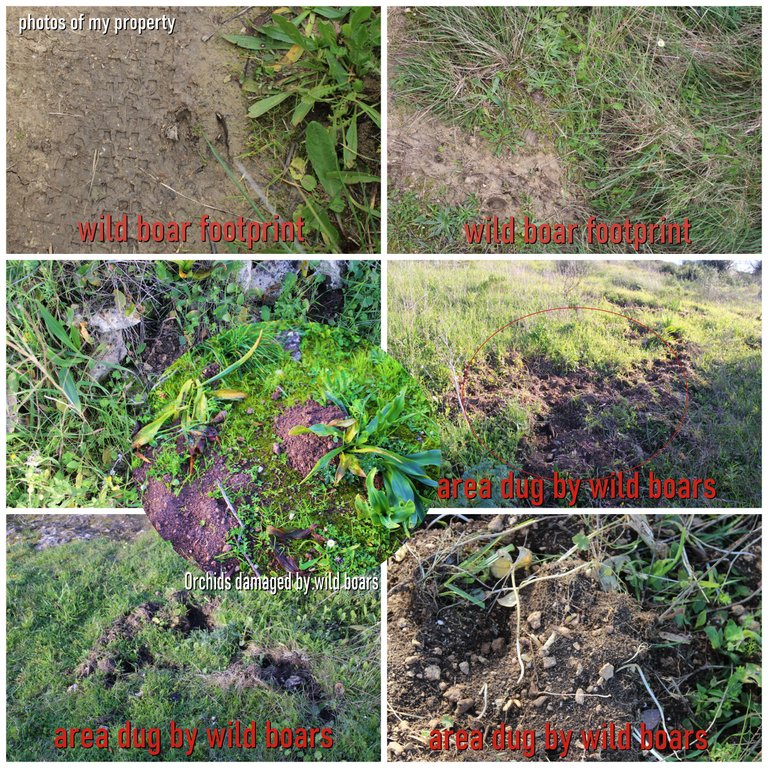
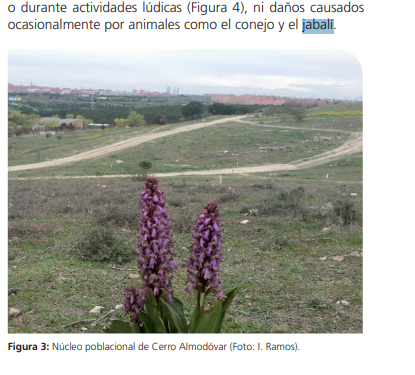 https://www.conservacionvegetal.org/wp-content/uploads/2019/06/Conservaci%C3%B3n_21_alta.pdf
https://www.conservacionvegetal.org/wp-content/uploads/2019/06/Conservaci%C3%B3n_21_alta.pdf
We have demonstrated with the cited scientific article that wild boars "attack" orchids in an uncontrolled manner and dig them up to eat the bulbs, and not only wild boars but also rabbits, but with a lesser impact! Therefore, we can infer that in a place where wild boars have no natural predators, as happens in the "Louro" mountain, it is possible that if wild boar populations are uncontrolled, they will end up having a negative impact on the orchids in the area! However...🧔🏻♂️👨🏻🏫
Demostramos con el articulo cientifico citado que los jabalis "atacan" las orquideas de manera descontrolada y las desentierran para comer los bulbos, y no solo los jabalis tambien los conejos pero en menor impacto! por tanto podemos inferir que en un lugar donde los jabalis no tiene depredadores naturales tal como sucede en la montana "louro" es posible que si las poblaciones de jabalis son descontroladas acabaran por hacer un impacto negativo en las orquideas de la zona! sin embargo...⛰️🐗🐗🐗

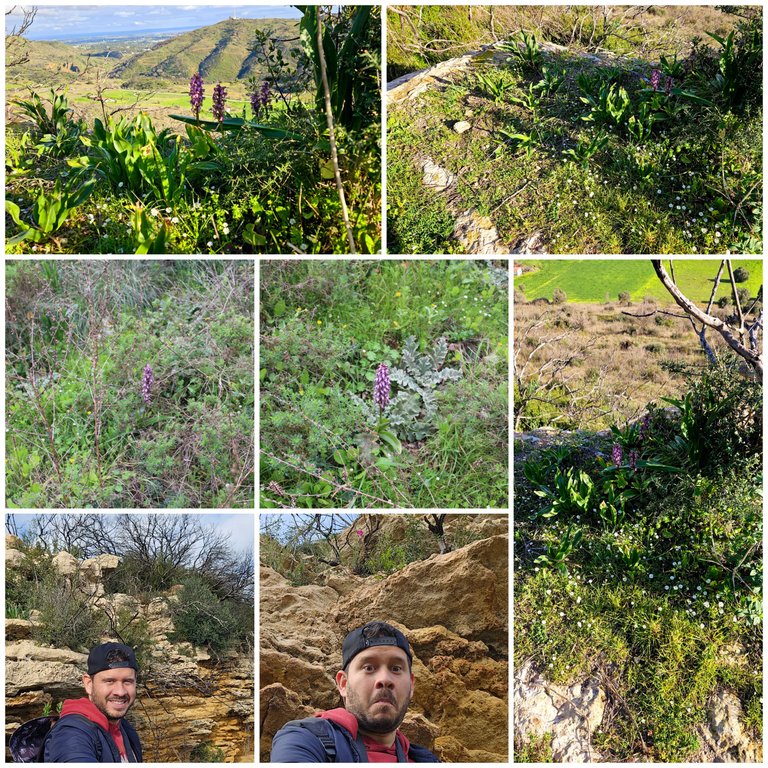
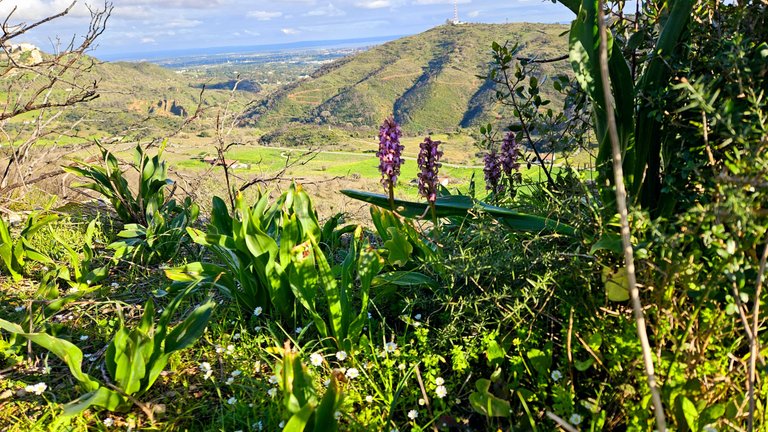
As I walked towards the SOUTH side where the opposite side of the mountain was, I saw many species of Orchids that were not attacked by wild boars, and I was curious because it was the opposite of the North side, but of course this area is a hillside with a drop of more than 100 meters in height so "strategically" the orchids grow closer to the slope where a wild boar would not "risk falling" to eat a bulb that is difficult to knock down because the roots grow between the rocks! A perfect adaptation strategy.
Mientras caminaba hacia el lado SUR donde estaba el lado contrario de la montana vi muchas especies de Orquideas que no fueron atacadas por Jabalis, y me dio curiosidad porque era lo contrario al lado Norte, pero claro esta zona es una ladera con una caida de mas de 100 metros de altura asi que "estrategicamente" las orquideas crecen mas cerca de la ladera donde un jabali no "arriesgara caerse" para comer un bulbo que de por si es dificil de tirar porque las raices crecen entre las rocas! una estrategia perfecta de adaptacion.

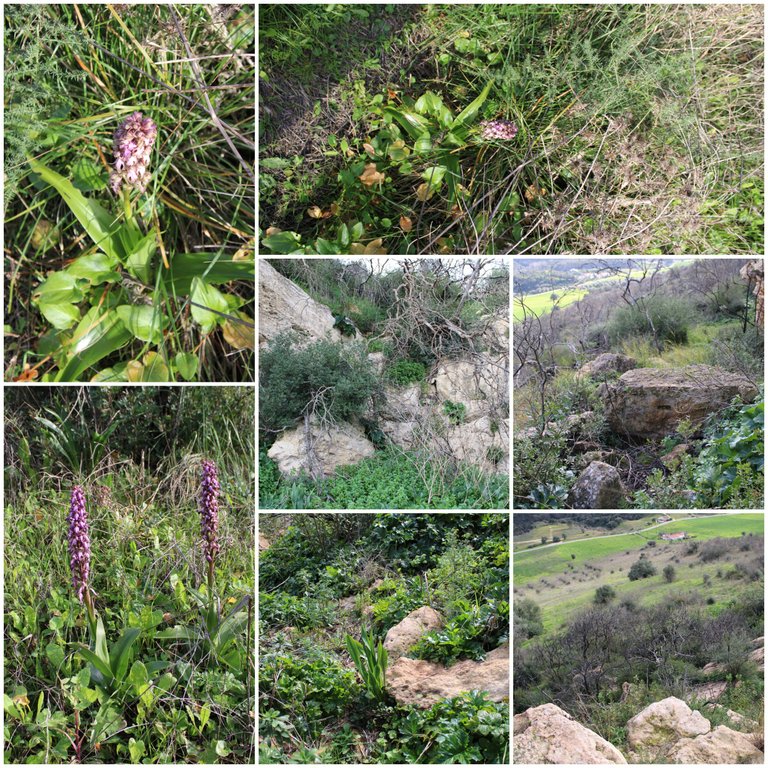
(south side)
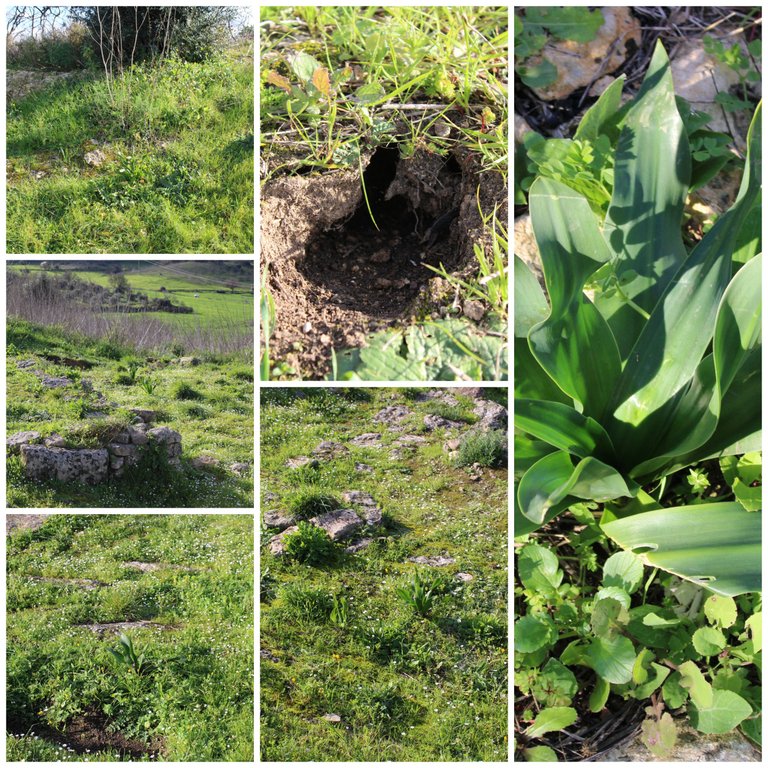
(north side)
Here we see the big difference between the mountain substrate on the two sides of the mountain, other orchids not attacked by wild boars were those that grew among very dense bushes and shrubs, apparently the wild boars do not like to go there to dig up, however on the SOUTH side we see many rocks and precipitous ground therefore the orchids grow without problems but survive longer since the wild boars do not get there, while on the NORTH side whose substrate seems more sandy and clayey the orchids were almost always attacked this balance will probably make that in the "do louro" mountain range the orchid does not become extinct easily.⛰️👨🏻🏫
Aqui vemos la gran diferencia entre el sustrato de la montana en los dos lados de la montana, otras de las orquideas no atacadas por jabalis fueron aquellas que crecieron entre matorrales y arbustos muy densos, aparentemente los jabalis no les gusta ir alli a desenterrar, sin embargo en el lado SUR vemos muchas rocas, y terreno precipitado por tanto las orquideas crecen sin problemas pero sobreviven mas tiempo ya que los jabalis no llegan alli, mientras el lado NORTE cuyo sustrato parece mas arenoso y arcilloso las orquideas eran casi siempre atacadas este equilibrio probablemente hara que en la sierra "do louro" la orquidea no se extinga facilmente.🌳🌲

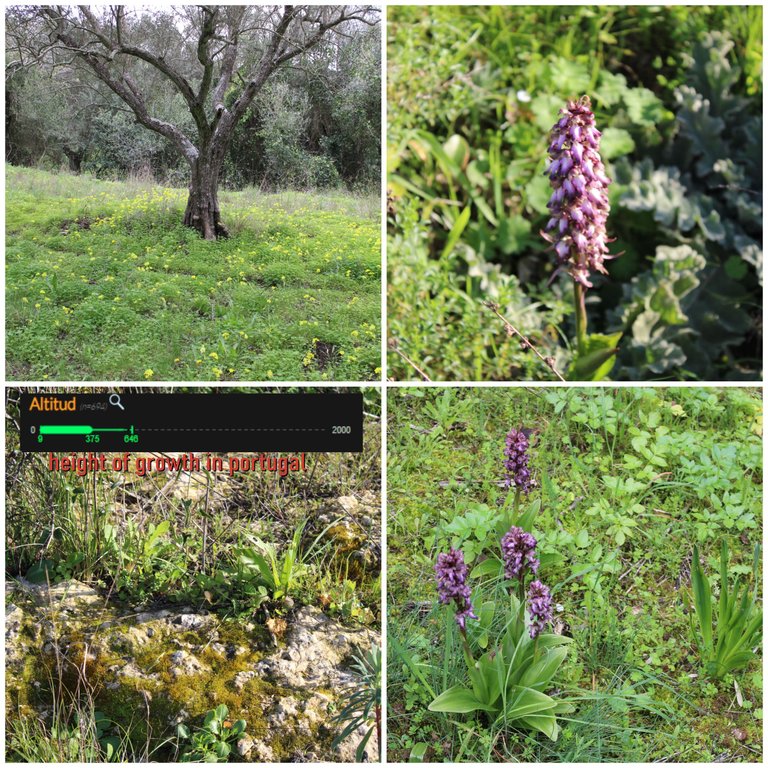
The issue of height does not seem to be a problem for (Barlia robertiana) who has a height growth range from (0-650 meters above sea level) this mountain has a maximum height of 310 meters so it presents ideal conditions, at its lowest point the temperature is lower than at the top because here there are forests and humidity is created.
El tema de altura no parece ser un problema para (Barlia robertiana) quien tiene un rango de crecimiento de altura desde (0-650 metros sobre el nivel del mar) esta montana tiene una altura maxima de 310 metros por lo que presenta condiciones ideales, en su punto mas bajo la temperatura es inferior que en lo alto porque aqui hay bosques y se crea humedad.
https://flora-on.pt/?q=Barlia

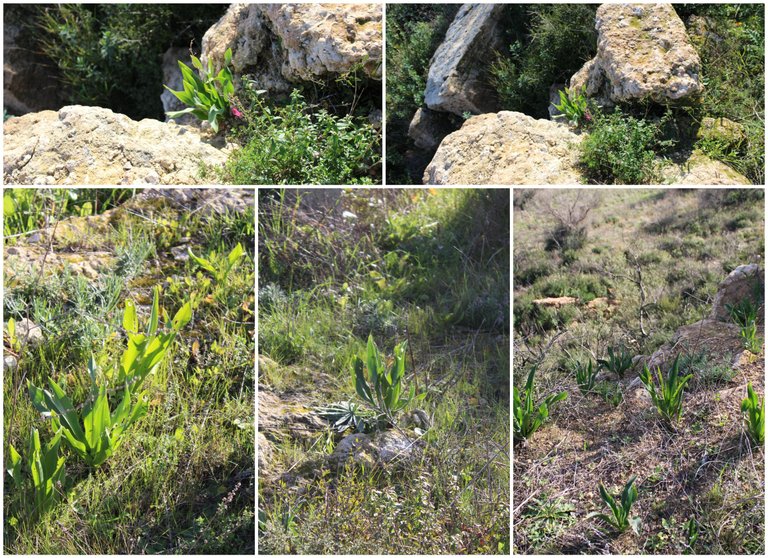
The best environmental conditions for the orchid are 5 to 11 degrees. Within this environment it is very optimal. In summer, temperatures in the mountains can reach 40 degrees. However, strategically, the flowering of the species only occurs between January and April, avoiding the waste of energy in summer!
las mejores condiciones ambientales para la orquidea son 5 grados a 11grados dentro de este ambiente esta muy optima, en verano las temperaturas en la sierra pueden alcanzar los 40 grados sin embargo de forma estrategica la floracion de la especie solo se da entre enero a abril evitando el desgaste de energia en verano!
https://flora-on.pt/?q=Barlia

The plague of orchids👨🏻🏫⛰️??/La plaga de las orquideas🌍🧭??
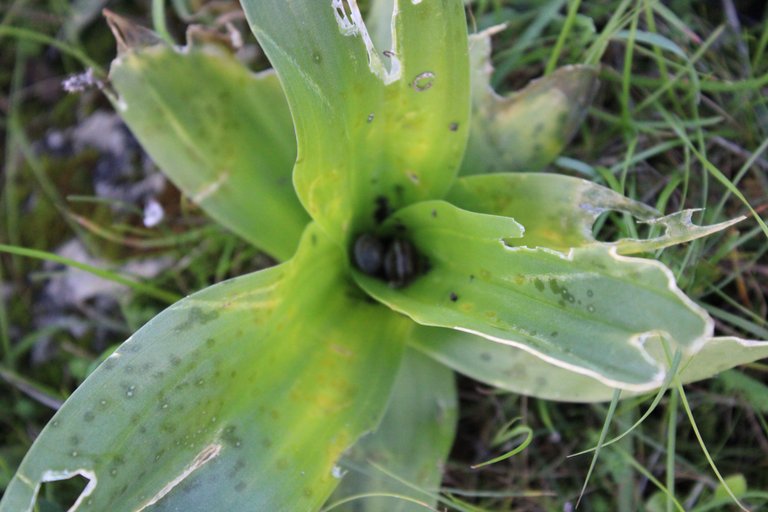
I noticed that in the area there were many of them with holes in their leaves, and I thought there is a problem here! Either a pest is attacking the orchids' leaves or is the soil lacking nutrients? I began to investigate the area and what do you think?👨🏻🏫⛰️
Note que en la zona habian muchas de ellas con huecos en sus hojas, y pense aqui hay un problema! o una plaga ataca las hojas de las orquideas o es el suelo que tiene deficit de nutrientes?, me puse a investigar la zona y que creen?🧔🏻♂️

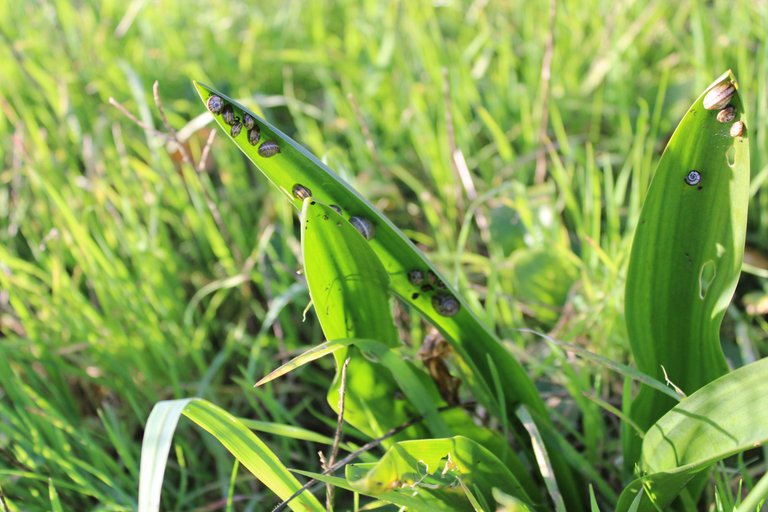
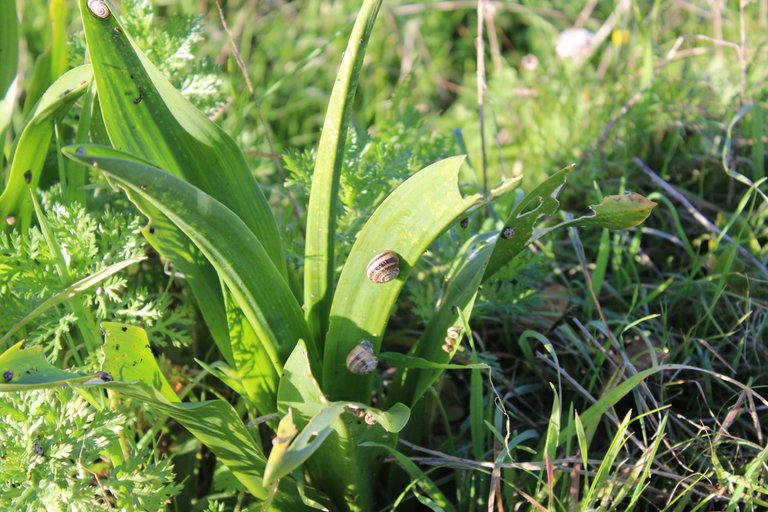
It turns out that the orchid not only has to defend itself from wild boars, but also from field snails that attack its leaves!😮
resulta que la orquidea no solo tiene que defenderse de los jabalis si no tambien que los caracoles de campo atacan sus hojas!😑

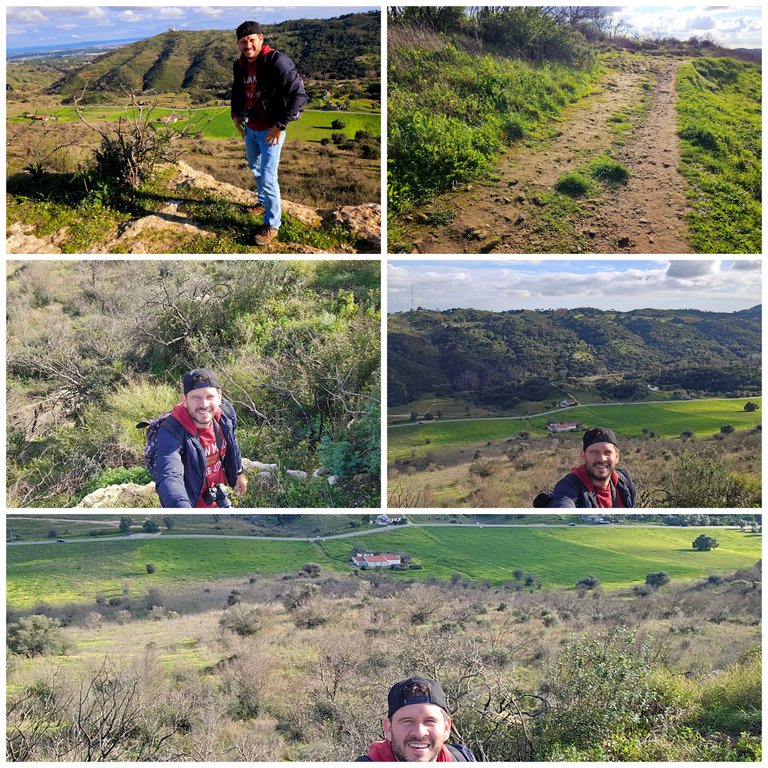

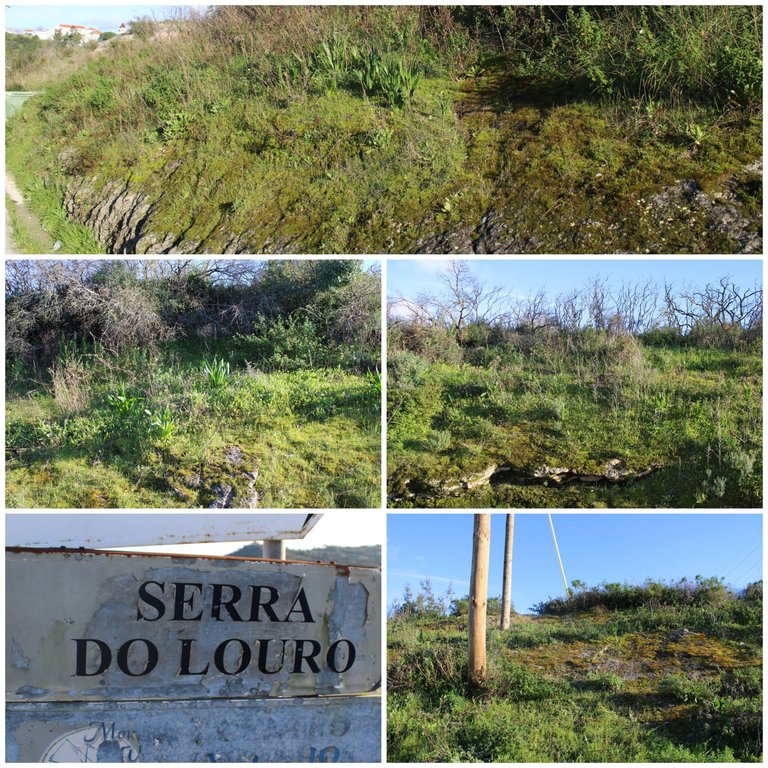
This area is the beginning of the mountain range and for this reason they had many young orchids growing and I think that it is the most difficult place where they can grow, they are literally growing in the limestone rock itself in an almost steep position, there is no way that any wild boar can get here to access their bulbs.😮😮
esta zona es el comienzo de la sierra y por ello tenian muchas orquideas jovenes creciendo y creo que es el sitio mas dificil donde ellas pueden crecer, literalmente estan creciendo en la propia roca calcarea en una posicion casi empinada no hay forma que ningun jabali llegue aqui para poder acceder a sus bulvos.👨🏻🏫⛰️


DNA is an organization to foster and DENSIFY NATURE-APPRECIATION which aims to establish REPORTS OF BIODIVERSITY DATA that is contributed by all of us Hiveans and subsequently cataloged.
Therefore DNA searches for HIGH-QUALITY posts that aim to DESCRIBE and determine the BIODIVERSITY AROUND YOU with added EXPLANATIONS and INFORMATION. For these informative posts they offer a CURATION SERVICE using the @dna.org account. It is also a CURATION TRAIL. Just add the #dna TAG if you think that any of your posts is what they are looking for.
THANKS FOR READING ME (PHOTOS AND VIDEOS OF MY PROPERTY) / GRACIAS POR LEERME FOTOS Y VIDEOS DE MI PROPIEDAD🙂🧠🦾👍

